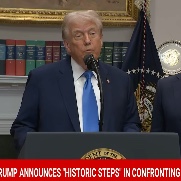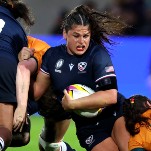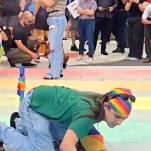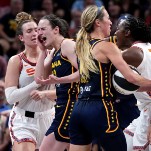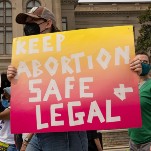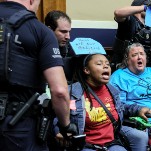Supreme Court To Rule On School Strip-Searching 8th Grade Girl
LatestSix years ago, school officials in Stafford, Arizona strip searched a 13-year-old girl after another student said she had ibuprofen. Next month, the Supreme Court will rule on whether such measures violate students’ privacy.
Savana Redding was 13 when an assistant principal ordered that she be strip-searched after another student accused her of having prescription-strength ibuprofen pills in violation of the school’s anti-drug policy. The New York Times reports that without asking Redding if she had any pills, the school nurse and secretary proceeded with a search:
The search by two female school employees was methodical and humiliating, Ms. Redding said. After she had stripped to her underwear, “they asked me to pull out my bra and move it from side to side,” she said. “They made me open my legs and pull out my underwear.”
The school nurse said in a sworn statement that Redding “never appeared apprehensive or embarrassed,” but the girl said she kept her head down so they wouldn’t see she was about to cry. The search turned up no pills, but Redding stayed home for months and eventually transferred to another school. “I never wanted to see the secretary or the nurse ever again,” she said.
-

-

-

-

-

-

-

-

-

-

-

-

-

-

-

-

-

-

-

-

-

-

-

-

-

-

-

-

-

-

-

-

-

-

-

-

-

-

-

-





